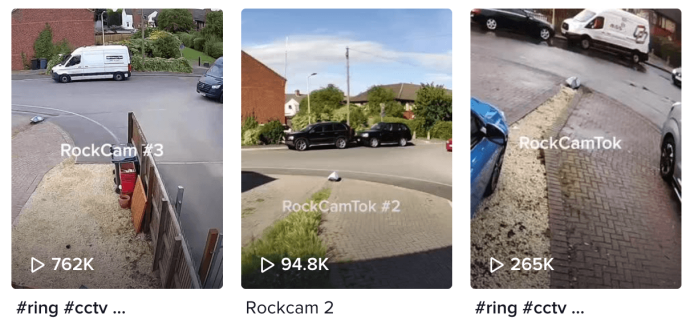
This isn’t an early April Fool. We think there’s a genuine case for using boulders as a way of protecting pedestrian areas like Low Traffic Neighbourhoods (LTNs) – the schemes that use bollards or planters to stop rat running and create safe spaces for walking and cycling.
The road blocks – also known as modal filters – that protect LTNs have long been used in The Netherlands and other countries that actively promote walking and cycling. Here in Britain, their widespread and rapid installation was prompted by the need to provide alternatives to public transport following Covid-19 restrictions and a desperate need to reduce traffic levels – especially given the link between coronavirus deaths and air pollution. However, attacks by vandals on LTNs continue to plague communities in London.
The schemes made use of emergency traffic orders to bypass the conventional planning process – public consultation happens over the first six months of operation. The numerous benefits of LTNs haven’t prevented a vocal minority from protesting and, in some cases, vandalising them – or simply driving on pavements to avoid the road closures.
Many of the planters used to close roads are heavy wooden planters. However, in light of the continuing vandalism, it’s possible a different approach is needed. Mark Coultous from West Yorkshire may have the answer. The rock at the end of his driveway has proved to be just the thing for deterring motorists from mounting the pavement and driving over his property, but not before an inattentive few managed to drive over the rock damaging their cars in the process.
Why don’t we use boulders as a cheap and effective way of calming traffic or protecting LTNs? After all, they’re nature’s own street furniture.
The benefits of LTNs
The vast majority of people in London live on streets that could be part of low-traffic neighbourhoods (LTNs) according to a study
Critics have argued the schemes benefit wealthier areas by simply pushing traffic elsewhere, but the report found “no clear social equity problem related to LTNs” and only minimal difference on the likelihood of this for households on lower incomes, people from minority ethnic groups, or those with disabilities.
The study, by Prof Rachel Aldred and Dr Ersilia Verlinghieri from Westminster University’s Active Travel Academy with climate charity Possible, found that across London about 90% of people live on residential streets, with few disparities across demographic differences.
The authors stress that steps should be taken to ease traffic flow on bigger roads. Prof Rachel Aldred said: “The report shows us that the large majority of Londoners, whatever their age, ethnicity, or income level, live on residential streets.
“This is, of course, not an argument for forgetting the one in 10 who live on high streets and main roads, but it does highlight the wide reach of low-traffic neighbourhoods, which are most easily introduced in residential streets.”
Prof Rachel Aldred, co-author of the report, spoke to us about the road harm as part of our film Stop killing our Children.
The ethical choice
The ETA was established in 1990 as an ethical provider of green, reliable travel services. Over 30 years on, we continue to offer cycle insurance , breakdown cover and mobility scooter insurance while putting concern for the environment at the heart of all we do.
The Good Shopping Guide judges us to be the UK’s most ethical provider.


Chris
I have a suitably large boulder. And a wide-ish drive to accommodate two cars.
David Orme
Lets reduce the speed limit to walking pace and have a man with a red flag walk in front of your car lets face the fact its not speed that kills its the stupidity of people walking into the road without looking or driving out of a side road doing the same and mothers
The ETA
Watch our documentary about road harm and then let us know if you feel the same https://vimeo.com/361286029